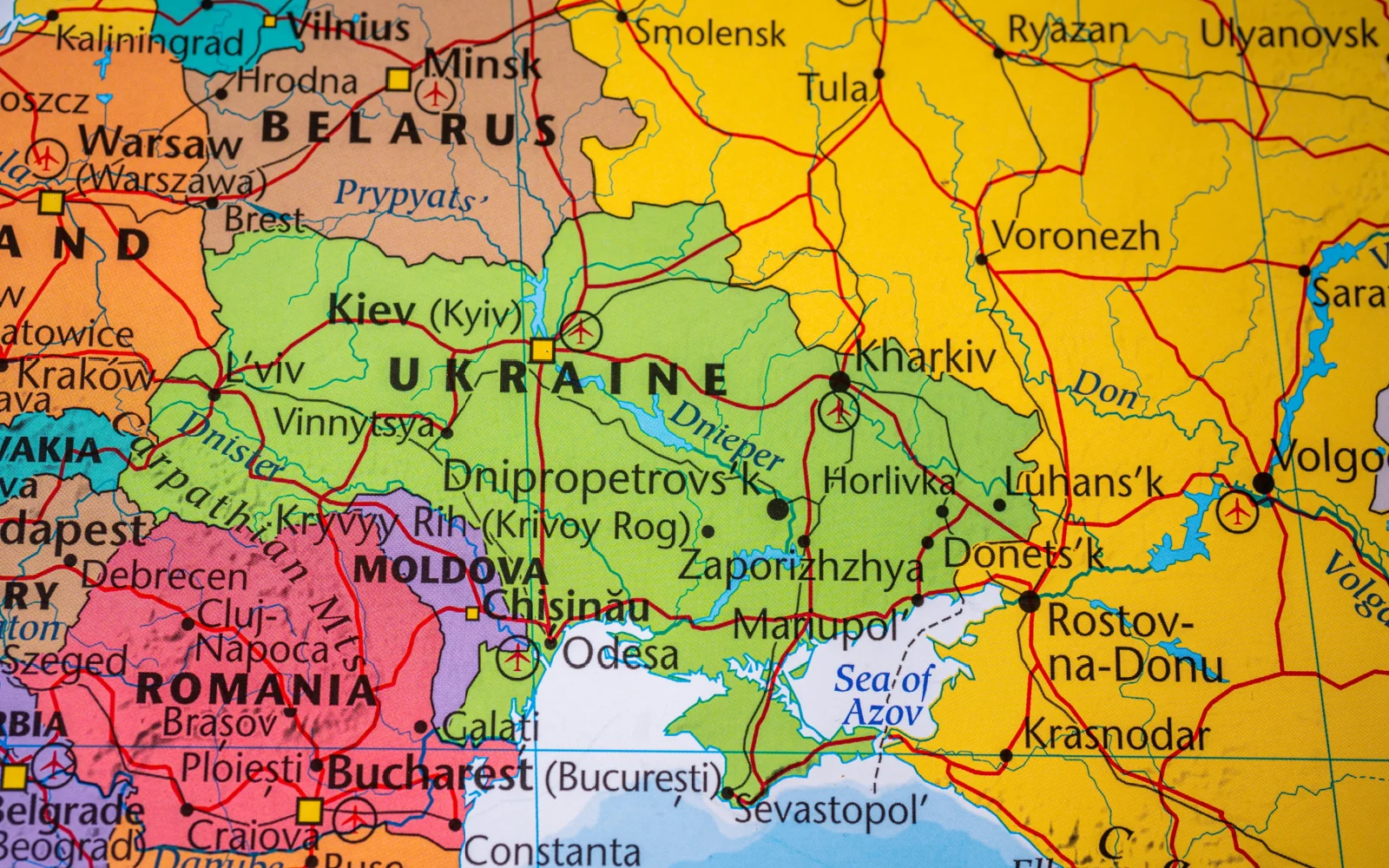If you’re fascinated by Eastern Europe, then you’re in good company. We share a love of this ethnically diverse, climatically dramatic, and architecturally beautiful region – not to mention the wealth of cultures and foodways that make up its many countries.
Whether you’ve been to Eastern Europe and want to know more about it or are planning your first visit, it helps to know a bit more about the place.
In this post, let’s take a look at this subset of European countries to help you pick where to go, what to see, and how to pay for it all. Eastern Europe ho!
What Is Eastern Europe?
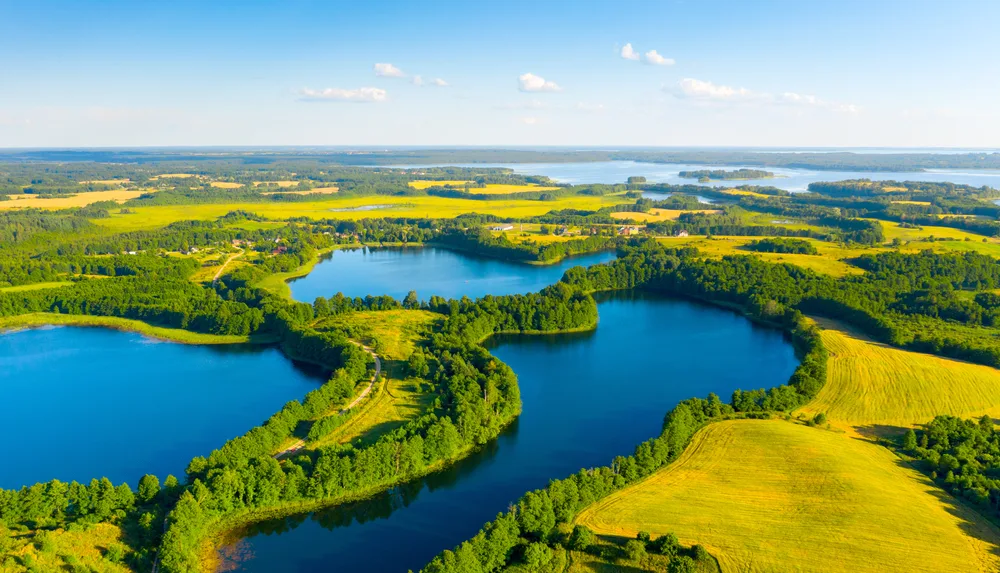
proslgn/Shutterstock
Eastern Europe is less a well-defined area and more an idea, and definitions of it vary from source to source.
According to New World Encyclopedia, “Eastern Europe is a grouping of countries on the European continent which has varying definitions, sometimes geographical in nature and sometimes more political. The term is often used to designate the European countries under (former) communist regimes.”
It is important to note that the people of Eastern Europe do not like this term. Many see it as pejorative, because it is often used in association with communism, poverty, and lesser education.
Instead, many of the countries in this area prefer to align themselves with Central Europe, Southern Europe, or Scandinavia. A full treatment of these countries does, however, merit consideration of the history and social concerns of the area.
A Brief History of Eastern Europe
Eastern Europe is naturally very diverse. However, the area as a whole developed along different lines than Western Europe.
As Encyclopedia Brittanica explains about centuries past (think the 1800s), “Social conditions in eastern and southern Europe differed substantially from those of the west, but there were some common elements. Middle- and upper-class women in Russia, for example, surged into new educational and professional opportunities in some numbers. Growing cities and factories produced some trade union activity, on the part of skilled groups such as the printers and metalworkers, that resembled efforts elsewhere.”
However, the advancements of urban centers weren’t reflected in rural areas: “Eastern and southern Europe remained dominated by the peasantry, as urbanization, though rapid, was at a far earlier stage. Peasant conditions were generally poor. Amid growing population pressure, many peasants suffered from a lack of land in areas dominated by large estates. One result was rapid emigration, to the Americas and elsewhere, from Spain, southern Italy, and eastern Europe.”
While it’s certainly not a simple story, this is part of what made these countries susceptible to domination by the Soviet Union – although it must be said that many of them joined willingly in hopes of a better life.
Today, conditions are much better in many parts of Eastern Europe, but they still lag behind Western Europe in terms of education, development, and income.
As a bonus for the traveler, this does make it more affordable to be a tourist. So which countries exactly constitute this area?
Main Countries in Eastern Europe
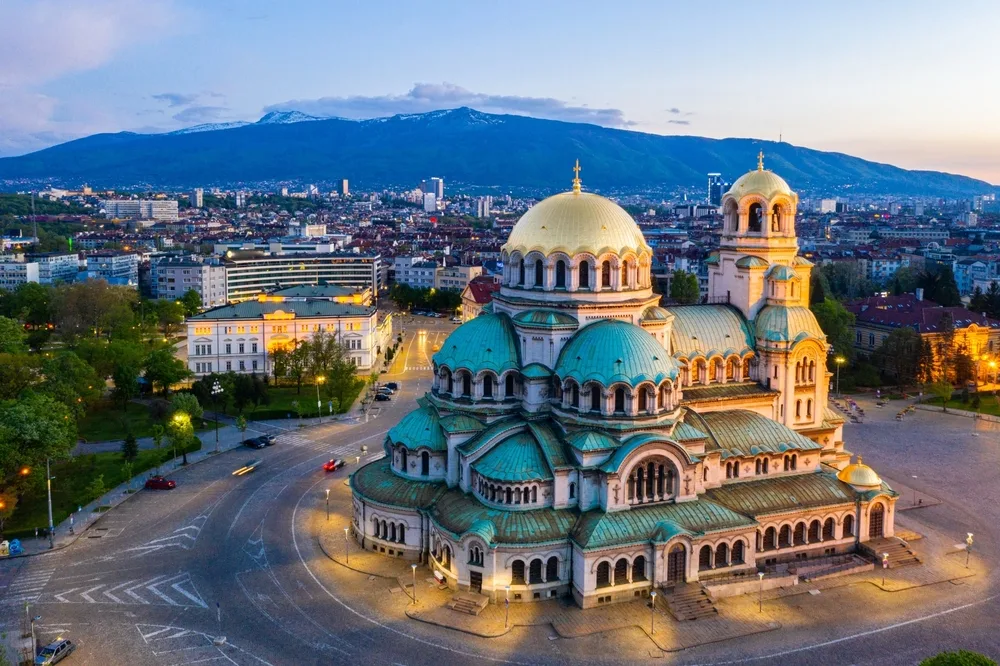
trabantos/Shutterstock
In order to avoid pejorative overtones when discussing Eastern Europe, some uses of the term have softened to “Central and Eastern Europe,” which includes more countries and makes the ones on Europe’s Eastern end feel more included.
However, this has also created significant confusion (which already existed) about which countries count as “Eastern European,” as we will discover below.
The countries that most people agree should be grouped under the Eastern Europe heading include:
- Belarus
- Bulgaria
- The Czech Republic
- Hungary
- Moldova
- Poland
- Romania
- Slovakia
- Ukraine
The term also includes Western Russia, only a small part of which – west of the Ural Mountains – lies on the European Continent.
The rest is considered part of Asia. However – because it wouldn’t be geography without making you want to scratch your own eyes out – many statistics include all of Russia’s population or landmass, which can create a very skewed picture of Europe’s size and makeup.
There are also less restrictive definitions of Eastern Europe that add in several other countries, including Armenia, Azerbaijan, Georgia, and Kazakhstan. Some also include the Baltic states: Estonia, Latvia, and Lithuania.
Still others add in the rest of the Balkans: Albania, Bosnia and Herzegovina, Croatia, Kosovo, Montenegro, North Macedonia, Serbia, and Slovenia (Romania and Bulgaria being the Balkan states that are already in most definitions of Eastern Europe).
That there is so much confusion about which countries should be included goes to show how loose a definition of “Eastern Europe” the world has.
It is mostly in existence due to the convenience of an overarching term for the purpose of studies, statistics, climate change considerations, and other large-scale academic endeavors.
Major Cities in Eastern Europe
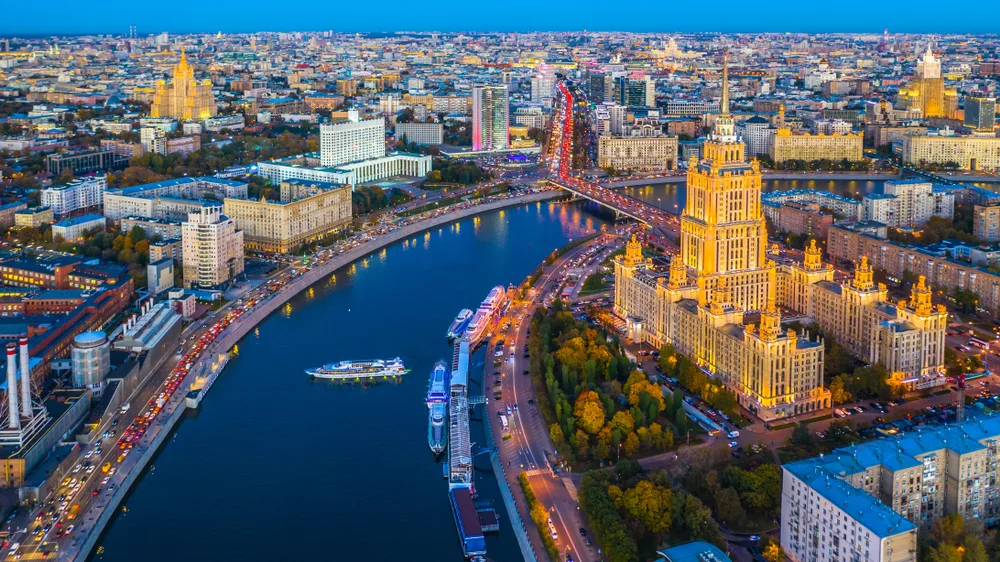
Avigator Fortuner/Shutterstock
Among the biggest or best-known cities in Eastern Europe (if we use the widest possible definition of the above country list) are, in no particular order:
- Moscow, Russia
- Budapest, Hungary
- Bucharest, Romania
- Prague, Czech Republic
- Kiev, Ukraine
- Bratislava, Slovakia
- Tallinn, Estonia
- Dubrovnik, Croatia
The Schengen Area
Many Eastern European countries belong to the Schengen Agreement, a border-free pact between 27 nations on the continent.
Countries that overlap Eastern Europe and the Schengen Agreement include, if we use the widest possible definition of the country list above:
- The Czech Republic
- Estonia
- Greece
- Hungary
- Latvia
- Lithuania
- Poland
- Slovakia
- Slovenia
You’re not required to do anything special when you travel through a Schengen country. The opposite is actually true, because these border-free areas don’t check your passports or other travel documents when you cross from one into another – whether by plane, train, or automobile.
However, as an avid collector of passport stamps, I feel compelled to tell you that this means you won’t get a stamp unless you leave the Schengen Area and come back into it in another location. Just FYI!
Eastern Europe: The Culture and the People
Like other parts of the world, Eastern Europe has shared ties of blood and culture among its member countries and populations. Naturally, these are also quite diverse, but they share a number of characteristics.
While “The definition and boundaries of Central, Eastern and Western Europe can be debated,” says Pew Research, “there are strong geographic patterns in how people view religion, national identity, minorities and key social issues.”
On grounds of social issues, Pew includes “Poland, the Czech Republic, Slovakia, Hungary, the Baltics and the Balkans as part of ‘Central and Eastern Europe’ because all these countries were part of the Soviet sphere of influence in the 20th century.”
Interestingly, “Although Greece was not part of the Eastern bloc, it is categorized in Central and Eastern Europe because of both its geographical location and its public attitudes, which are more in line with Eastern than Western Europe on the issues covered in this report.”
Overall, while social attitudes of Eastern Europe are generally less aligned with Western Europe and the majority of American political views (though there certainly exists no hegemony on social issues in the USA either), this part of the country is widely varied in its cultural traditions, ceremonies, and peoples.
Major Geographic Features of Eastern Europe
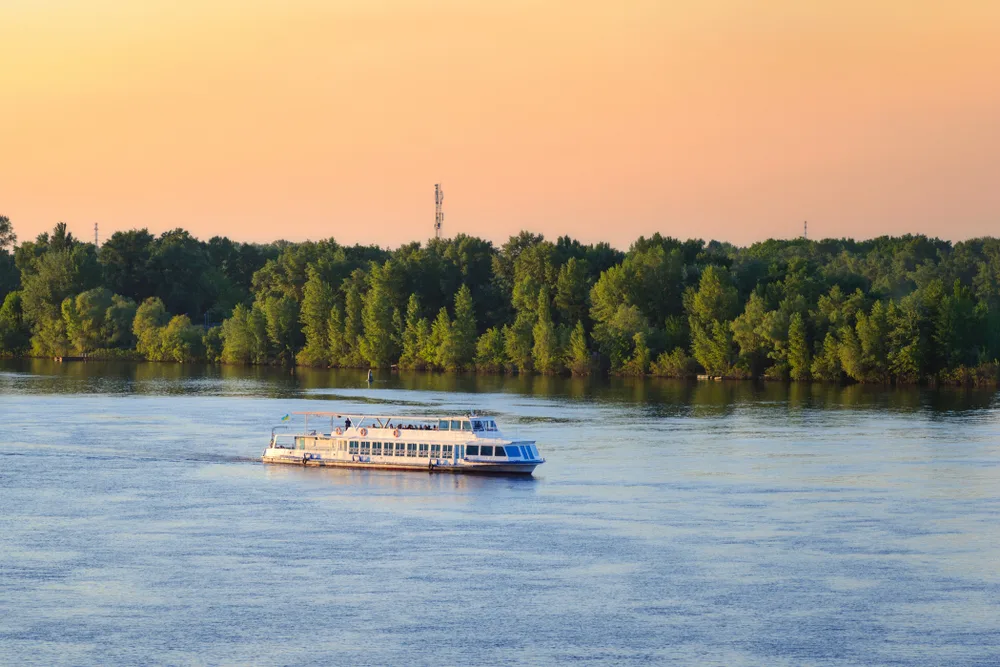
tetiana_u/Shutterstock
Eastern Europe is a more topographically varied region than Western Europe, which makes it a lovely place for outdoorsy folks to plan a visit. Let’s explore the main bodies of water, mountainous regions, and plains and deserts.
Bodies of Water
The main bodies of water in Eastern Europe include the:
- Black Sea, bordered by Bulgaria, Romania, Georgia, Moldova, Russia, Turkey and Ukraine
- Dnipro River, which is 1,368 miles long, originating near Smolensk in Russia and flowing through Ukraine and Belarus before emptying into the Black Sea
- Baltic Sea, which is surrounded by the countries of Denmark, Estonia, Finland, Germany, Latvia, Lithuania, Poland, Russia, and Sweden
- Mediterranean, bordered by Greece, Turkey, and the Balkans – which means that you must use a looser definition of “Eastern Europe” in order to put it on the list
- Sea of Marmara, a small sea enclosed by Turkey
Elevated Areas
The areas of highest elevation in Eastern Europe include the:
- Carpathian Mountains: The third-longest range in Europe, these mountains stretch from Central into Eastern Europe, passing through the Czech Republic, Slovakia, Poland, Ukraine, Romania, and Serbia.
- Caucasus Mountains: Creating a spine between Europe and Asia, the Caucasus Mountains range between the Black and Caspian Seas, crossing Russia, Georgia, Azerbaijan, and Armenia
These mountain ranges include some of the highest peaks in Europe and Asia – perfect for those who love hiking, mountain climbing, camping, and the outdoors in general.
Plains and Deserts
Though the only true desert in Europe is the Desierto de Tabernas in Spain, Eastern Europe does have a few arguable claims to fame:
- Błędów Desert in Poland
- Oleshky Sands in Ukraine
If you include Greece and Turkey, there are many dry, low areas there as well.
You Might Also Like: When Is the Best Time to Travel to Europe?
Frequently Asked Questions
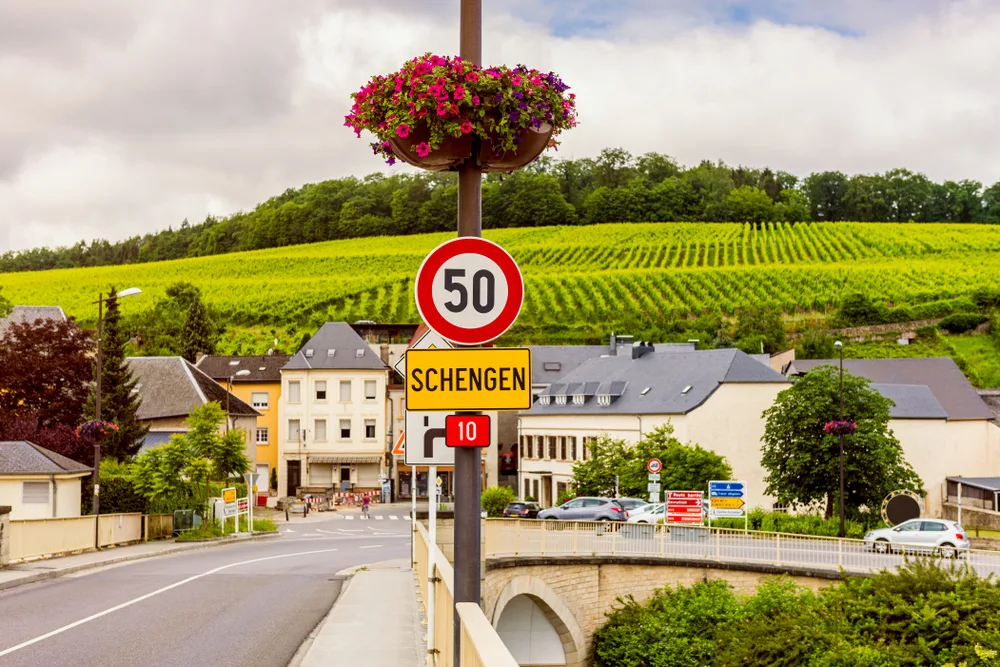
Allard One/Shutterstock
Here are some more common questions we get about Eastern Europe:
Is Eastern Europe in the Schengen Area?
Yes, many Eastern European countries belong to the Schengen Agreement, which means you can travel between their borders without checks. See the full list above, under “The Schengen Area.”
Are the countries of Eastern Europe similar politically?
Nowhere in Europe is homogenous. However, Eastern European countries tend to be more conservative, more Orthodox, and more traditional than liberal Western Europe. This is due to a number of factors, including religion as well as the inclusion of many of these countries in the former Soviet bloc.
If you are LGBTQIA+, check a country’s tolerance before planning a trip there. Not all countries are as welcoming as others, and for the money you’ll spend getting to and traveling through Europe, you deserve to feel entirely welcome.
Which are the best cities in Eastern Europe?
This is a matter of opinion, but most people who have never been want to see Budapest, Istanbul, Prague, and Tallinn – all fairytale cities in their own way. While Moscow was formerly a popular travel destination, we might have to wait a while for that to become safe again.
How should I begin planning for a trip to Eastern Europe?
First, pick the country or countries you want to see, decide on a time of year, and plan your number of stops. Next, book flights, hotels, and transportation, then dig into activities, restaurants, and other fun sightseeing adventures.
How can I save money in Eastern Europe?
One of the best ways to save money is to limit the number of countries to which you travel. While we all want to check as many nations off the list as possible, this is a good way to miss much of what makes traveling so valuable: truly immersing yourself in a place.
More specifically, at least in terms of cost, moving on too quickly can inflate your budget quickly. You’ll pay extra transportation costs than if you stayed in the same place, and you’ll miss out on the price breaks you get when you stay in a hotel or rental for three days or more.
Other ways to save money include buying Eurail passes, taking public transportation, price-shopping for international flights well ahead of time, and eating at street stalls and grocery stores.
Plan Your Trip to Eastern Europe Today!
Overall, Eastern Europe is an affordable and magical place to go. Whether you’re dreaming of Romania, Poland, Hungary, or anywhere else, don’t wait any longer to plan your trip!



